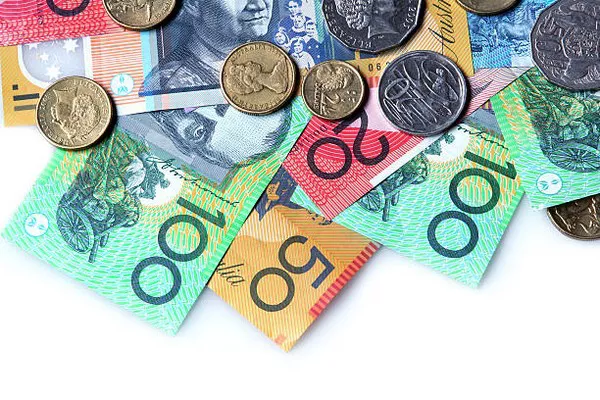The Australian dollar (AUD) gave up recent gains on Friday after rebounding on Thursday. A fall in the U.S. dollar (USD) fueled a rebound in the Australian dollar (AUD) as weak U.S. jobless claims signaled a more dovish outlook from the Federal Reserve (Fed). This helped offset pressure on the Australian dollar from the Reserve Bank of Australia’s (RBA) less hawkish stance, especially given higher-than-expected inflation data.
Australia’s inflation rate fell to 3.6% in the first quarter from 4.1% in the previous quarter, slowing for the fifth consecutive quarter. However, the data beat expectations of 3.4%. Additionally, the monthly consumer price index (year-over-year) surged to 3.5% in March, beating expectations of 3.4%. The Reserve Bank of Australia (RBA) acknowledged that recent progress in controlling inflation has stalled and insisted on its stance of keeping options open.
The U.S. Dollar Index (DXY), which measures the dollar’s performance against six major currencies, attempted to rebound as the Federal Reserve (Fed) looks to keep interest rates higher for longer. However, falling US Treasury yields may put pressure on the US dollar, supporting the AUD/USD pair.
In the U.S., a preliminary reading of Michigan’s consumer confidence index for May is due out on Friday and is expected to show a slight decline. The index is a survey that measures U.S. consumer sentiment and covers three main areas: personal financial conditions, business conditions and purchasing conditions. Additionally, Chinese consumer price index (CPI) data is expected to be released on Saturday, which could have an impact on the Australian dollar (AUD) as Australia and China have a close trade relationship.


